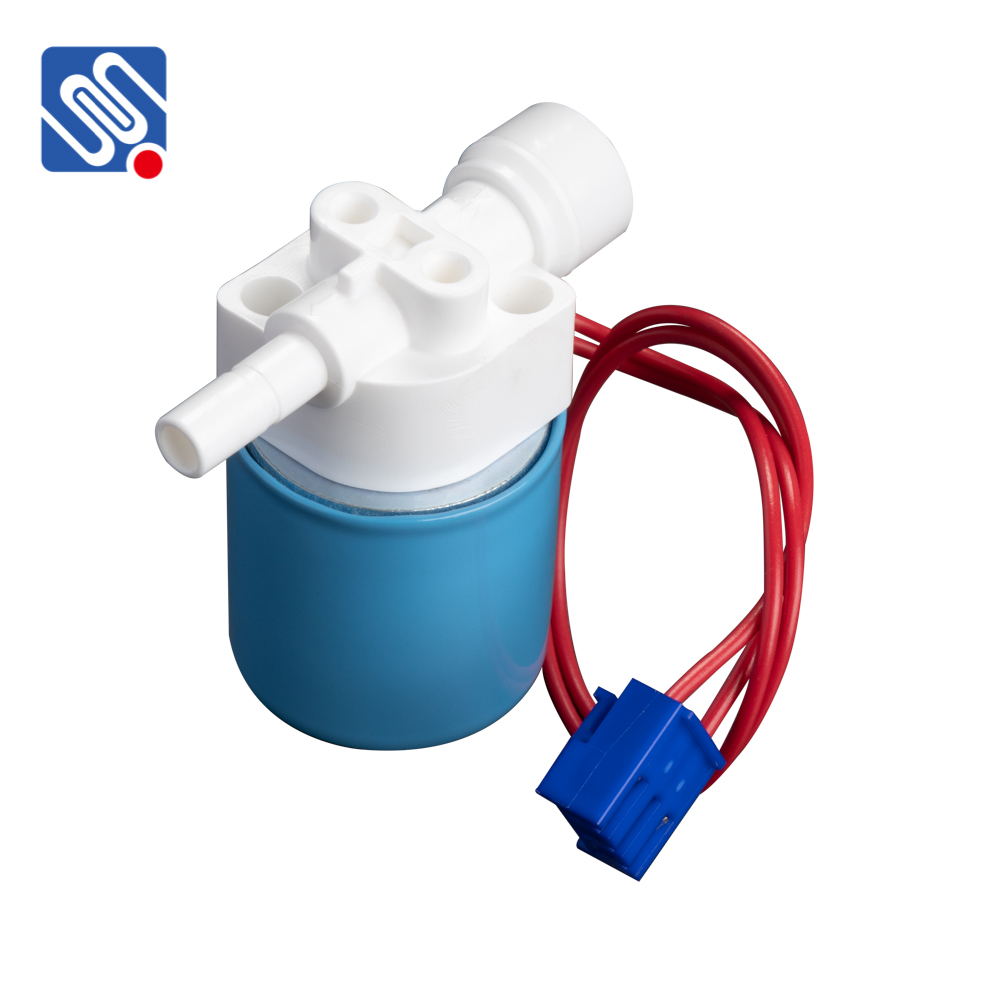Reverse Osmosis (RO) systems have become integral components in water purification processes, offering effective solutions for both residential and industrial applications. An essential part of these systems is the RO solenoid valve, a critical component responsible for controlling the water flow within the system. This article will explore the role of RO solenoid valves, their functionality, types, and their importance in maintaining efficient and reliable water treatment operations.

Understanding RO Solenoid Valves A solenoid valve is an electromechanical device that controls the flow of water by opening or closing a valve based on electrical signals. In the context of RO systems, these valves regulate the flow of water, ensuring that the filtration process operates optimally. When a voltage is applied to the solenoid coil, it generates a magnetic field that moves the valve mechanism, opening or closing the water pathway. This mechanism is crucial in controlling the various stages of the reverse osmosis process, such as pre-filtration, membrane filtration, and post-filtration.